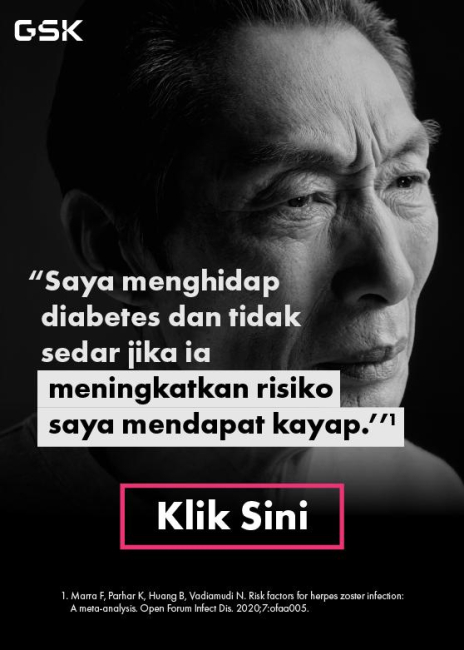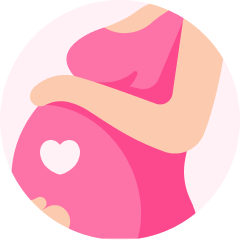Vagina Flora Imbalance Can Cause Recurrent Infections! Prevention Is Key With Dr. Wolff's Vagisan Lactic Acid*!
A healthy vagina is the foundation of comfort and well-being for every woman, but do we really understand its importance? Many women think that cleaning their vagina with scented soap is sufficient to ensure hygiene and health of their intimate parts. However, without realising it, this action can disrupt the natural balance of the vagina and cause […]

































